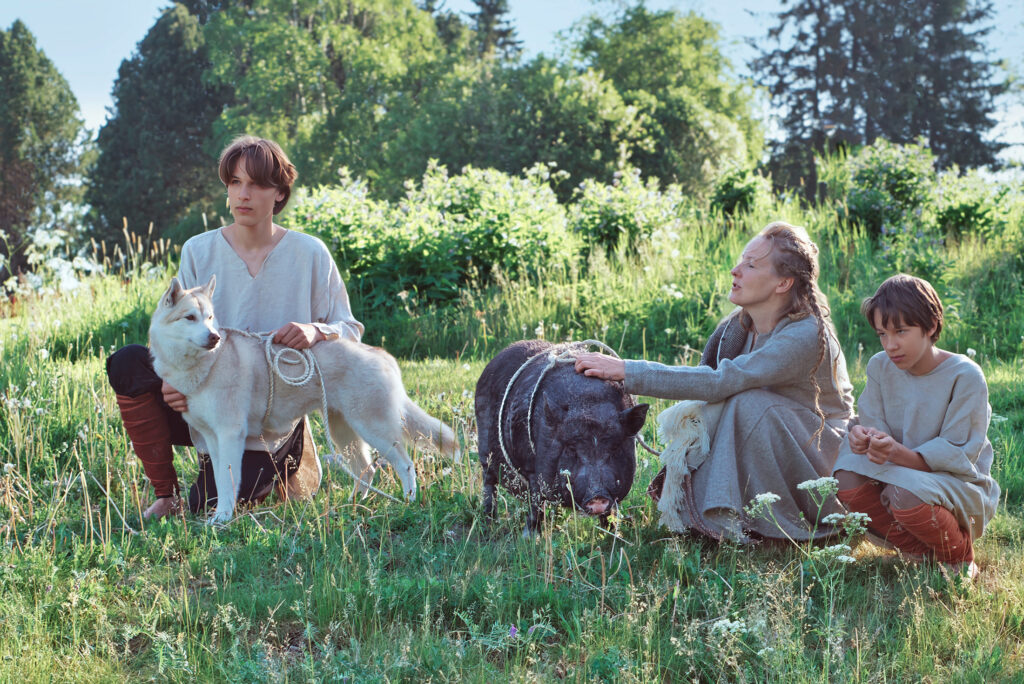Ancient DNA: A Key to the Past
Vapriikki's Ancient DNA: A Key to the Past exhibition takes visitors on a journey through time into the lives of people from the past, using the latest scientific research. The exhibition reveals the traces that ancient people have left on us and how they relate to people living today.
Ancient DNA is the genome of organisms that lived long ago and can be isolated from human or animal bones or plant remains, for example. In recent decades, ancient DNA has become a key research tool for studying past migrations, diseases and individual human characteristics.
The exhibition introduces you to ancient DNA and its research. From the laboratory to the past, the visitor encounters people reconstructed through scientific research and details of their lives. The exhibition reveals what Neanderthal man and Denisovan man were like tens of thousands of years ago, and how they relate to people living today.
During the Stone Age, different groups lived in Finland, among which the exhibition highlights the hunter-gatherers of the Cambrian culture and the herders of the Late Bronze Age culture. In the Bronze Age, new traditions arrived in Finland from the East, and in the Iron Age from the South. It is now known that the genetic background of modern Finns is a diverse mix of groups of people who arrived at different times and from different directions.
DNA alone does not tell us everything about the past. The exhibition also looks at people through artefacts, grave finds and clothing. For example, a reconstruction of a grave in Suontaa, Hattula, and original artefacts from the grave are on display. You can also listen to samples of ancient languages and reflect on how genetics and linguistics together provide a multidimensional picture of people in the past.
The exhibition includes reconstructions of Bronze Age and Iron Age clothing. One of the highlights will be the completely new ancient costumes of the Tampere region, based on textile finds from Vilusenharju in Tampere and Mikkola in Ylöjärvi, which have been created for the exhibition.
Genetic genealogy enthusiasts will find answers to their questions about what kind of maternal and paternal lines have been found in Finnish archaeological specimens, and what the results of commercial genetic tests really mean. The exhibition also features facial reconstructions of the ancient inhabitants of the Finnish region. The exhibition’s recent history section is based on a multidisciplinary research project at Vapriikki, which focuses on the Iron Age and the Middle Ages in what is now Pirkanmaa.


